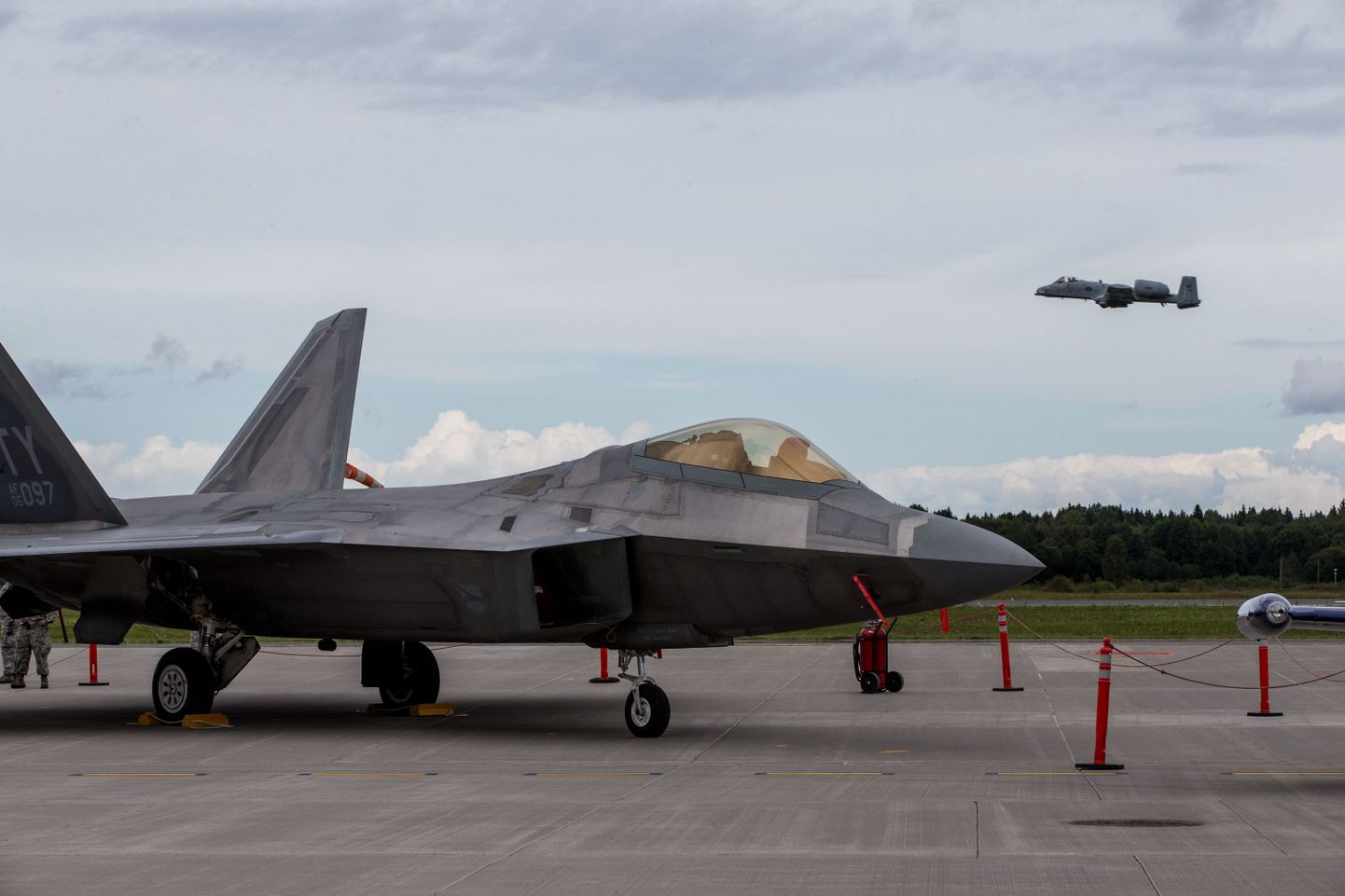
The commander of the Estonian Air Force, Col. Jaak Tarien, says deployment of F-22 Raptor jets in Estonia would not be justified militarily.

The commander of the Estonian Air Force, Col. Jaak Tarien, says deployment of F-22 Raptor jets in Estonia would not be justified militarily.
Tarien made the remark when asked by BNS whether Estonia could host a base for Raptors in view of the remark of Gen. Frank Gorenc, commander of U.S. Air Forces Europe, that a base for F-22s could be established in Europe.
«Of course bringing a unit of F-22s to Europe would be a very welcome step and a step bolstering Estonia's security, but it isn't justified militarily to keep assets like this in a NATO border area,» Tarien told BNS. «There's no reason in the military sense for them to be here, so close [to the NATO border], and their training opportunities here would be restricted too,» he said.
The air force chief said strict restrictions apply to using the most state-of-the-art technology of allies near the sensors of a potental enemy. «They won't display all their capabilities [in our region], in order to not give potential enemy an idea of their capabilities.»
The U.S. Air Force in September deployed four F-22s to Europe for the first time ever as part of the European Reassurance Initiative, in what Gen. Frank Gorenc said may be the first step in establishing a rotational base for the fifth-generation stealth fighter jet.
The recent deployment proved the F-22's capabilities in the European theater, and reassured our allies in the face of Russian aggression in Ukraine and Syria, Gorenc said at the Air Force Association's annual conference in mid-September.
«The move to begin introducing the F-22 to the European theater, that decision was made a long time ago in our effort to try and send the message, assures our allies,» Gorenc said. «I don't know how well it deterred President Putin; however, it's done a lot to assure our partners.»
The Air Force was able to rapidly deploy the jets first to Spangdahlem Air Base in Germany, from there to Poland, and then finally to Estonia, Gorenc said. The deployment proved that infrastructure exists in the region to support the aircraft, he said.
During the deployment, the four F-22s and 60 airmen from the 95th Fighter Squadron trained with U.S. and allied forces, giving the planes a chance to conduct combat air training with different U.S. and European jets. The training was designed to prove that fifth-generation fighter jets can successfully deploy to European bases and other NATO installations, as well as familiarize pilots with the regional theater.
«You can bet that I will be asking for that capability,» Gorenc said when asked whether the Air Force is considering a permanent F-22 base in Europe.